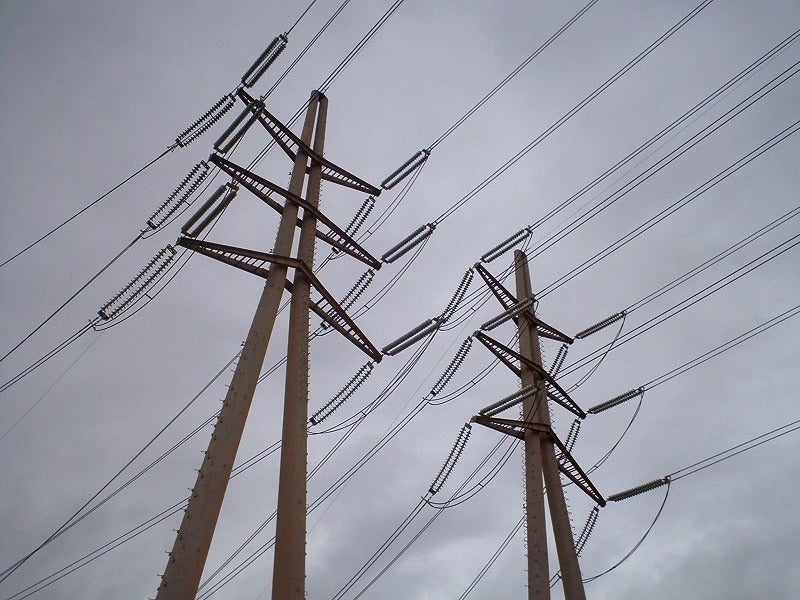
Element Power and its owner Hudson Sustainable Investments will retain the remaining stake in the Greenlink interconnector project, which will be a subsea and underground high voltage direct current (HVDC) interconnector.
Financial terms of the deal were not disclosed by the parties.
Hudson partner and Greenlink director Joseph Slamm said: “We are delighted to welcome Partners Group, a well-established and respected infrastructure investor, into the Greenlink project and look forward to working toward realising the benefits for consumers, energy security and regional jobs and investment in Ireland and Wales.”
A financial close and the start of construction of the €400m interconnector project are expected to be achieved in the second half of 2020. The project is slated to be commissioned in 2023 following construction for about three years.
The Greenlink interconnector project will be laid nearly 200km underground and under the sea between County Wexford in Ireland and Pembrokeshire in Wales.
Partners Group European private infrastructure team managing director Esther Peiner said: “Greenlink Interconnector is a key electricity infrastructure project for Ireland and Great Britain. With the build-out of renewable energy generation in both countries, particularly the growth of offshore wind, infrastructure like Greenlink is essential to facilitate the low carbon economy as it will allow surplus renewable power to be exported between the two countries.
“Once completed, this interconnector will not only be benefiting consumers in Great Britain and Ireland, but also enhancing security of supply.”
Last month, the Greenlink interconnector project secured a grant of €3.6m from the European Commission’s 2018 Connecting Europe Facility to support its development.
Subsea surveys for the interconnector project commenced last summer while procurement for the major construction contracts is in progress as of now.
The Greenlink interconnector project has been endorsed by the European Union as a Project of Common Interest (PCI). The project is backed by Irish and UK regulators, who have concluded it to be in the public interest while allowing it to operate under a cap and floor regime.






